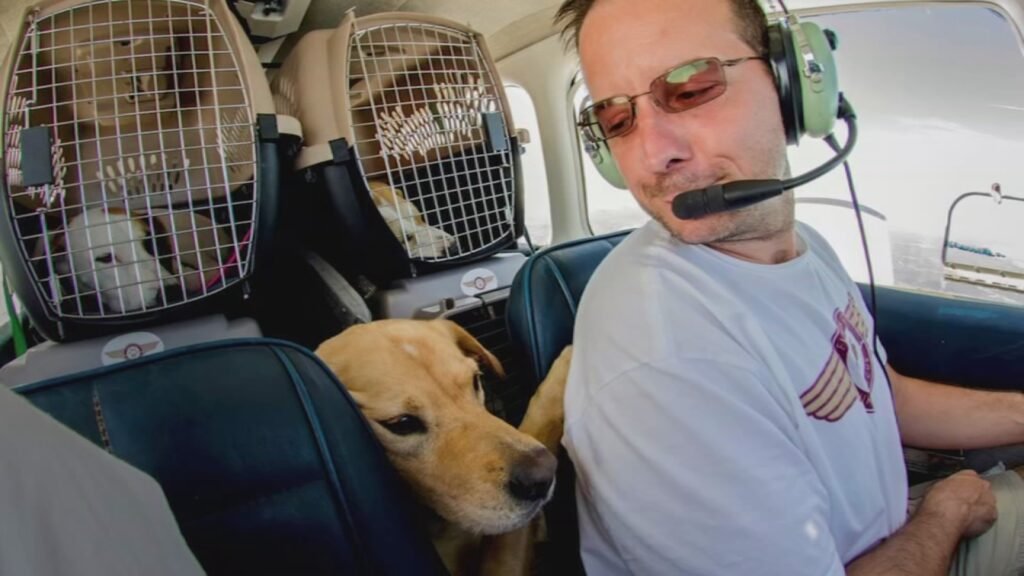Jacksonville’s Slaughterhouse Development—A Community’s Stand Against Industrial Animal Agriculture
Introduction
In Jacksonville, Florida, a significant development has unfolded concerning the establishment of a new slaughterhouse. This report delves into the details of the proposed facility, the community’s response, and the broader implications for animal welfare and environmental sustainability.
The Proposed Slaughterhouse: Project Pan
An international meat processing company, referred to as “Project Pan,” sought to establish a $28 million meatpacking plant in Northwest Jacksonville. The facility was planned to occupy a 50,000-square-foot refrigerated warehouse, aiming to process over 1 million pounds of meat weekly. The project was projected to create approximately 100 jobs, with an average annual wage of $59,211 plus benefits. To facilitate this development, the company applied for a six-year, 50% Recapture Enhanced Value Grant (REV Grant) from the city, amounting to up to $800,000 in incentives .
Community Opposition and Withdrawal
The proposal faced immediate opposition from local residents and animal rights organizations. Activists from groups such as In Defense of Animals, Plant Based Treaty, and Solutionary Species rallied against the project, citing concerns over animal welfare, environmental impact, and the facility’s proximity to residential areas. On April 18, 2024, during a public hearing, Mohammad Faisal, owner of Apna Bazar and the proposed slaughterhouse, withdrew his application for necessary utilities and zoning exceptions. He publicly apologized to the community, stating, “We are not here to hurt them [local citizens] or make them complain for anything they think we should not be doing” .
Implications of the Proposed Facility
Had it proceeded, the slaughterhouse would have had several potential impacts:
- Animal Welfare Concerns: The facility would have been designed to process large volumes of meat, raising questions about the treatment of animals and the conditions within the plant.
- Environmental Impact: Slaughterhouses are known to produce significant waste, including pollutants that can affect local water sources and ecosystems.
- Community Health and Quality of Life: The establishment of such a facility in a residential area could have led to increased traffic, noise, and potential health risks associated with industrial operations.
Historical Context
This proposed development is not the first instance of such a facility in Jacksonville. The city has a history of meatpacking operations, with establishments like the Armour & Company slaughterhouse operating in the early 20th century. However, many of these facilities have since closed or been repurposed, reflecting changing attitudes and economic factors .
The withdrawal of the slaughterhouse proposal in Jacksonville underscores the power of community activism and the growing awareness of the ethical, environmental, and health implications of industrial animal agriculture. It serves as a reminder of the importance of public engagement in shaping the future of our communities and the industries that operate within them.
In recent years, consumers have increasingly demanded transparency and ethical standards in the food and agricultural industries. Labels promising “humane treatment” of animals appear to offer reassurance that products are ethically sourced. However, the reality is often far less clear. The Global Animal Partnership (GAP) label, widely recognized in grocery stores and restaurants, is a prime example of what critics call “humane-washing”—a marketing strategy that presents animal welfare as a guarantee, when in fact, it may not reflect meaningful improvements in animal conditions.
What is Humane-Washing?
Humane-washing occurs when companies or certification programs use terminology or labeling to suggest ethical treatment of animals, without implementing or enforcing truly significant welfare standards. It’s a tactic designed to make consumers feel good about purchases while glossing over systemic issues in industrial agriculture.
In the case of GAP, the label is promoted as a benchmark for higher welfare, but investigations and reports from animal advocacy groups suggest that the certification does not prevent many forms of routine suffering. Animals may still endure overcrowding, lack of access to natural behaviors, or other stressful conditions, even under GAP-certified systems.
The Gaps in GAP Standards
Although the GAP program uses a tiered rating system, ranging from Level 1 to Level 5+, the standards at lower levels often fall short of meaningful welfare improvements. Common concerns include:
- Limited outdoor access for livestock
- Insufficient space for natural behaviors such as rooting, scratching, or nesting
- Continued reliance on confinement practices that cause stress and injury
- Lack of independent verification for all farms under certification
These shortcomings highlight how GAP labeling can mislead consumers into believing they are making compassionate choices, while systemic problems remain largely unaddressed.
Why Transparency Matters
For consumers who genuinely care about animal welfare, transparency and accountability are key. Simply attaching a label or certificate is not enough. True ethical standards require:
- Third-party audits and verification
- Strict enforcement of welfare guidelines
- Clear reporting on living conditions, veterinary care, and enrichment
- Commitment to continuous improvement and transparency with the public
Without these elements, certifications like GAP risk becoming marketing tools rather than meaningful indicators of humane practices.
The Role of Consumer Awareness
As shoppers, our choices have power—but only when informed. Understanding the limitations of certifications like GAP empowers consumers to ask better questions, support organizations that truly prioritize animal welfare, and advocate for stronger regulations. Programs that genuinely elevate animal well-being, including sanctuaries, pasture-based farming, and non-industrial models, offer verifiable improvements in the lives of animals.
For more insights on animal welfare abuses, ethical sourcing, and how to spot humane-washing in practice, visit our coverage on Abuse of Animals & Wildlife.
Beyond the Label: Supporting True Animal Welfare
Avoiding misleading certifications doesn’t mean giving up on ethical choices. Consumers can make a real difference by:
- Choosing local farms and producers that are transparent about their animal care practices
- Supporting rescue networks and sanctuaries that prioritize rehabilitation and natural living environments
- Educating themselves on factory farming practices and labeling loopholes
- Advocating for policy changes that enforce higher welfare standards across the industry
True compassion requires looking beyond labels and questioning whether they reflect real improvements in animal lives—or just clever marketing.
Conclusion
The Global Animal Partnership label may give the appearance of ethical assurance, but the reality is more complicated. Humane-washing allows companies to capitalize on consumer goodwill while continuing practices that often fail to meet the basic welfare needs of animals. By staying informed, questioning claims, and supporting transparent and ethical organizations, we can help create a world where animals are protected, respected, and truly cared for.
For further reading and guidance on avoiding humane-washing, supporting verified rescue networks, and advocating for meaningful change, explore our dedicated coverage here: Abuse of Animals & Wildlife.


